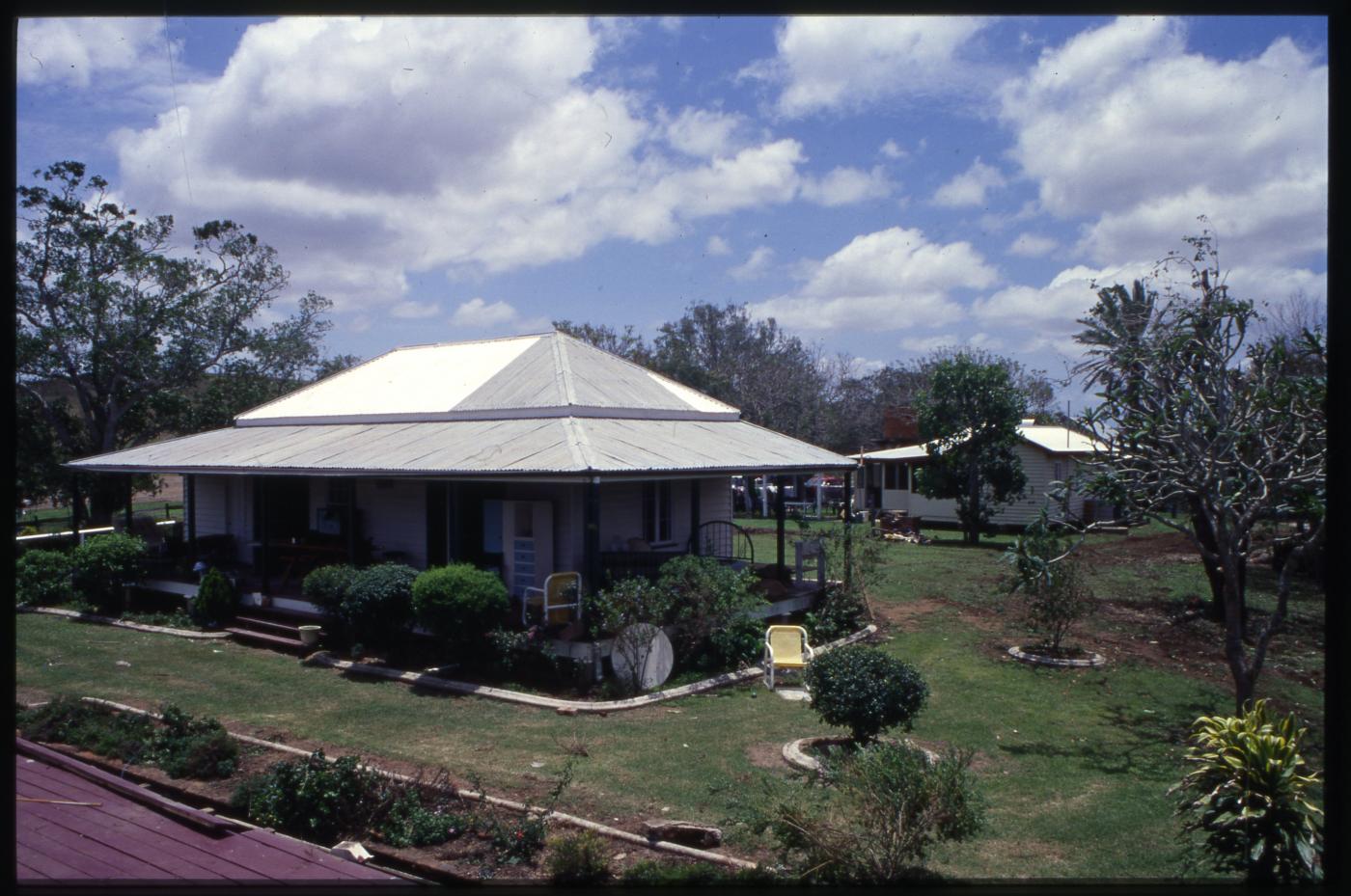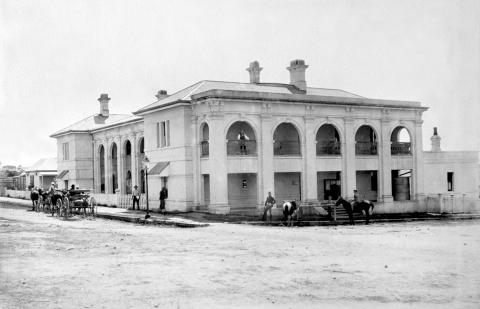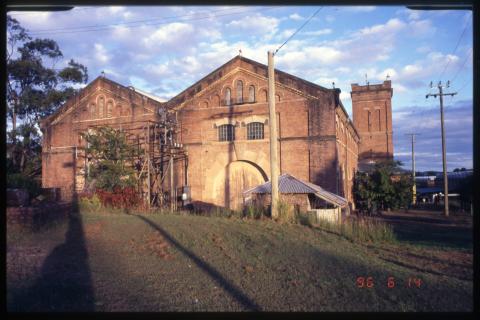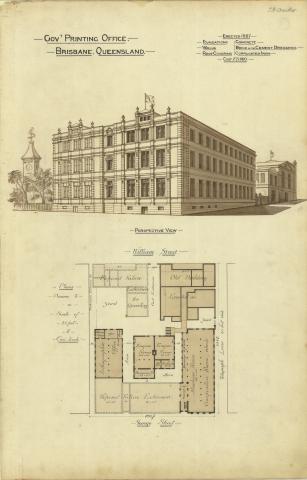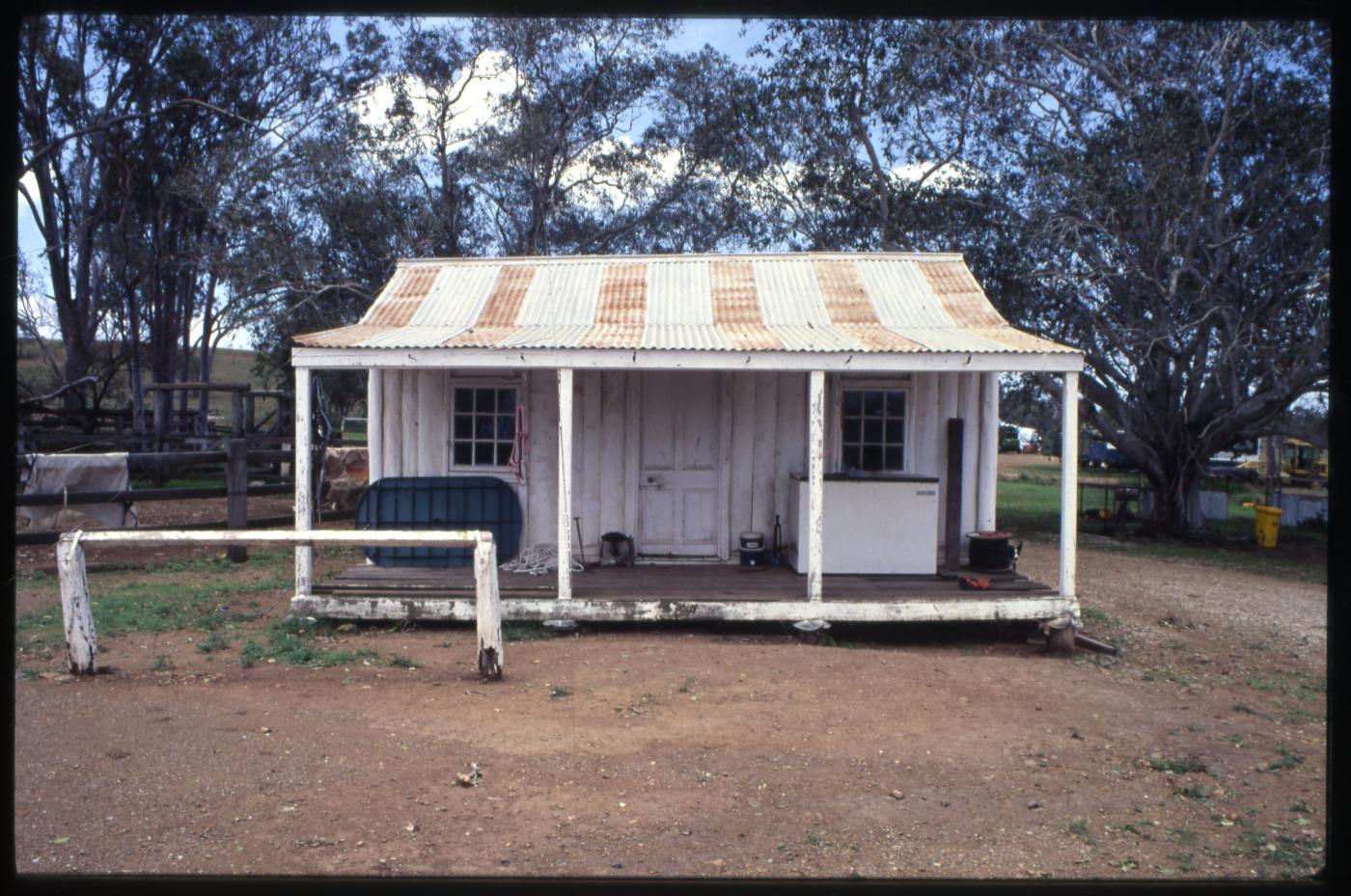
- News of the day
-
Maryborough Chronicle, Wide Bay and Burnett Advertiser, Thursday 7 February 1861, page 4
The Rockhampton murder
The following letter from Lieut. Powell addressed to Mr. Commandant Morrisett records the capture and death of Gulliver, who was supposed to be the chief actor in the murder of Fanny Briggs:-
Native Mounted Police Barracks, Fitzroy, January 3rd, 1861
Sir, - I do myself the honour to report for your information that upon my arrival in Wide Bay, after capturing the prisoner Alma, I was informed that trooper Gulliver had escaped from the custody of the chief constable of Rockhampton in whose charge he was, on suspicion of having been concerned in the murder of the late Fanny Briggs. On my arrival at Gladstone I heard that he had made his way to Raglan Creek, a station belonging to Mr. James Landsborough, about half-way between Rockhampton and Gladstone, with a view, I suppose, of persuading two of his countrymen stationed at Gladstone to desert and go with him to their own country (Upper Dawson). He had taken a horse and bridle from a dray on the road, which he abandoned after having ridden to Raglan Creek, where he was surprised by Lieut. Murray, but through the darkness of the night he escaped capture. He immediately made back for this neighbourhood, and going to Messrs. Archer's Ten-mile Station, stole a carbine, a blanket, &c., and stopped about here with the intention of obtaining his gin, at that time in this camp.
On the 24th he went to Messrs. Archer's Seven-mile Station, and took from there a double-barrelled gun, a pair of blankets, razors, tobacco, cartridges, and rations, taking the road towards the Dawson.
On my getting information, three days after he had committed the last robbery, I started in pursuit with Cadet Genetas and three troopers, and after four days' search, tracked him to his camp in a scrub on the Dee, getting between him and his arms. He immediately took into the thickest part of the scrub, and, after tracking him till dark, I camped at the place. Next morning, while getting my horses, I was informed that Gulliver had gone to some drays, one of the black boys, named Kennis, formerly a trooper in the Native Mounted Police, who was attending the drays, made him drunk and secured him. On arriving at the spot I took charge of the prisoner, and proceeded towards Rockhampton. On passing through a thick scrub on the Calliungal Road, he tried to get away and I was compelled, in order to prevent his escape to fire on him. He fell, mortally wounded, and died within five minutes. I brought all the stolen property to Seven-mile Station, and delivered the things to their respective owners. I was informed by Kennis that Gulliver had told him that he (Gulliver) with troopers Toby and Alma had, after violating the woman Fanny Briggs, killed her to prevent her giving information. They, in company with some of the troopers stationed at this camp, had been drinking grog at some bullock drays camped about a mile from where the murder was com-mitted.
Hoping that my conduct will meet with your approbation,
I have &c., F. T. Powell, Lieut. N. M. Police. Commandant of the Native Police.
- Background
-
The main residence (1913) is a high set, timber-framed house (exposed stud) lined with vertically-jointed tongue-in-groove timber boards. French doors with breezeways and timber-framed sash windows are located along each elevation and open to the verandah which surrounds the building on all sides and offers sweeping views of the surrounding country. Internally, the homestead retains much of its original vertically-jointed timber partition walls and timber ceilings.
A low-set, timber-framed cottage (c1886) clad with weatherboards, with a stepped verandah and a hipped roof clad with corrugated iron, is located just north of the main house. There are back-to-back fireplaces with timber surrounds in the wall between the two rooms, but the chimney is no longer extant.
The slab hut (possibly dating to 1857) is a single-storeyed, timber-framed structure with a gable roof clad with corrugated iron, set on the ground a short distance from the main house. The building has a timber floor and walls constructed of vertical slabs, the tops of which are set in morticed top bearers. The upper sections of the side elevations are clad with corrugated iron. A stepped verandah with a skillion roof is located to one side of the hut. Two nine-pane windows are located in the front elevation. The entrance to the hut, a panelled timber door, is located in this elevation.
Courtesy of Queensland Heritage Register
Additional images
/150.8777056,-23.7294474,7/450x450@2x.png?access_token=pk.eyJ1IjoicXNhLWRpc2NvLXFsZCIsImEiOiJjamJmdTgyZXEyeWNjMnlxZm8xcmtieHgxIn0.lmT9J5tTPKGuuccQgCVSAg)

